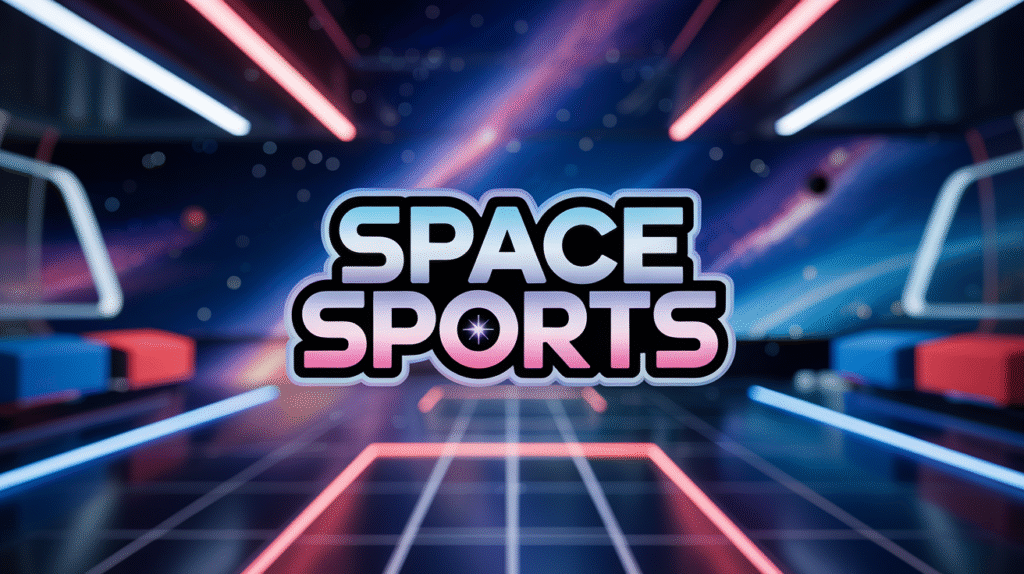
Summary – The U.S. Olympic and Paralympic Committee’s recent policy shift on transgender athlete competition marks a critical moment in global sports governance with far-reaching implications.,
Article –
The recent policy update by the U.S. Olympic and Paralympic Committee (USOPC) marks a pivotal moment in the evolving debate surrounding the participation of transgender athletes in elite sports. This shift highlights the complex balance between fairness, inclusivity, and competitive integrity faced by sports governing bodies worldwide.
Setting the Stage
The inclusion of transgender athletes has increasingly become a focus due to their growing visibility and participation in sports. Previously, many organizations lacked clear guidelines, leading to inconsistent treatment and uncertainty. The USOPC’s updated policy follows the global trend of developing more specific frameworks considering hormone levels, competition categories, and fairness principles.
The Turning Point
Central to the USOPC policy are clear eligibility requirements defined by testosterone level thresholds that athletes must meet to compete in women’s categories. This scientific-based criterion aims to create a level playing field, while also including protocols for continuous monitoring to ensure ongoing compliance.
Key contributors to the policy include USOPC President Susanne Lyons and a diverse team of medical experts, legal advisors, and athlete representatives, reflecting a collaborative and multifaceted approach to the issue.
Tactical and Technical Breakdown
The policy primarily regulates testosterone due to its association with muscle mass, strength, and endurance—important determinants of athletic performance. Some critical elements include:
- Testosterone cutoff levels aligned with International Olympic Committee (IOC) standards, supplemented by enhanced testing and documentation.
- A mandatory 12-month hormone suppression period before athlete eligibility is granted, consistent with research on physiological changes from hormone therapy.
- Flexibility provisions for non-binary and mixed-gender events, acknowledging sport-specific differences and physiological demands.
Reactions from the Sport
The sporting community’s response varies widely:
- Advocates praise the USOPC’s science-informed, athlete-centered framework as a potential model for other organizations.
- Some athlete groups and activists argue that hormone levels alone cannot address the full spectrum of gender identity complexities, fearing exclusion.
- Coaches and officials appreciate the clarity for training and competition planning, citing better athlete development within fair parameters.
- From a governance perspective, the move aims to harmonize international regulations, potentially reducing controversies around athlete eligibility globally.
What Comes Next?
The USOPC policy may serve as a catalyst for broader reforms in national and international sports bodies. Essential components for its success include:
- Monitoring impacts on participation, fairness, and athlete wellbeing.
- Debating and refining thresholds, compliance durations, and inclusion for non-binary athletes.
- Maintaining transparent communication and adapting to emerging scientific evidence.
- Committing to annual policy reviews for dynamic and responsive governance.
This ongoing evolution of transgender athlete policies is intertwined with broader societal discussions on gender identity and equality, with sport positioned as a reflection of cultural change. The future holds questions regarding the USOPC’s role as a global benchmark and the influence of technological advances in hormone measurement and athlete training.

More Stories
Racewalking Revolution and Shot Put Surprises Ignite Day 1 at World Athletics Championships 2025
Inside India’s Ambitious Journey to Join the World’s Top Ten Sporting Nations
Inside India’s Ambitious Vision to Join the World’s Top Ten Sporting Nations